Fibers are long, thin strands used as raw materials for producing various textiles, such as fabrics, clothing, and machine-made carpets. They are classified into two categories: natural and synthetic. Natural fibers come from natural sources, while synthetic fibers are made from chemical compounds, each offering unique properties and applications. Among synthetic fibers, acrylic fibers are particularly versatile and are considered an artificial substitute for wool.
Acrylic fibers, made from acrylonitrile polymers, were introduced to the market in the 1940s. Thanks to their unique properties, such as lightness, softness, and durability, they have been widely used in the textile and carpet industries. These qualities make acrylic fibers a valuable alternative to natural wool. This article by Raeis Industrial Group provides a comprehensive overview of acrylic fibers, their types, purchasing considerations, and pricing.
Production Process of Acrylic Fibers
Acrylic fibers are synthetic polymers produced primarily through the addition polymerization of at least 85% acrylonitrile or vinyl cyanide using wet or dry spinning methods. The production process is complex and involves several key stages:
- Polymerization: Acrylonitrile monomers undergo chemical reactions to form polymers, which are then extracted as a gelatinous material.
- Polymer Dissolution: The polymer is dissolved in a solvent, such as dimethylformamide or water, to create a highly concentrated solution.
- Extrusion: The polymer solution is extruded through fine nozzles under high pressure, forming thin strands (filaments) that are cooled and solidified in a cold air or liquid bath.
- Coagulation: The filaments are transferred to a chemical bath to stabilize and solidify them, transforming them from a liquid to a solid state.
- Washing and Drying: Impurities and residual chemicals are removed, and the fibers are dried using industrial dryers.
- Stretching and Finishing: The fibers are stretched to enhance their molecular structure and physical properties, making them longer and thinner.
After production, additional processes such as dyeing, texturizing, or anti-static treatments may be applied. The fibers are then wound into bundles or spools and prepared for distribution.
Types of Acrylic Fibers
Acrylic fibers are categorized into two main types based on their properties and applications:
- Standard Acrylic Fibers: These are conventionally produced fibers known for their softness, lightness, and resistance to moisture. They are commonly used in everyday applications, such as clothing, upholstery fabrics, carpets, and home textiles.
- Modacrylic Fibers: These modified acrylic fibers contain less than 85% acrylonitrile. They offer exceptional heat and flame resistance, making them ideal for producing fire-resistant clothing, curtains, and protective materials.
Advantages of Acrylic Fibers
Acrylic fibers are popular due to their numerous benefits:
- Lightweight and Soft: Acrylic fibers are lightweight and soft, closely resembling natural wool, making them ideal for producing soft and comfortable fabrics.
- Moisture Resistance: With low moisture absorption, acrylic fibers perform well in humid environments and dry quickly. This property makes them suitable for sportswear.
- Flexibility in Dyeing: Acrylic fibers absorb dyes well, resulting in vibrant and attractive colors.
- Durability: Their high resistance to abrasion and tearing makes acrylic fibers an excellent choice for carpets and rugs.
- Other Benefits: These include thermal insulation, affordability, resistance to sunlight, anti-static properties, and high elasticity.
Applications of Acrylic Fibers
Acrylic fibers’ unique properties make them suitable for a wide range of industries, including:
- Clothing and Winter Apparel: Acrylic fibers retain heat effectively and are widely used in warm clothing, such as sweaters, hats, scarves, gloves, and blankets.
- Home Textiles: Their resistance to sunlight and temperature fluctuations makes them ideal for curtains, upholstery, and other household textiles.
- Carpets and Rugs: Acrylic fibers’ resistance to wear and staining makes them one of the best options for carpet production.
- Stuffed Products: The softness and light weight of acrylic fibers make them suitable for pillows, toys, and baby blankets.
Purchasing Acrylic Fibers
Acrylic fibers are synthetic materials that closely resemble natural wool. Their unique features, such as lightness, softness, and resistance to moisture and sunlight, make them valuable across various industries. When purchasing acrylic fibers, consider factors like fiber quality, production method, and pricing. Raeis Industrial Group is a reliable supplier of high-quality acrylic fibers, ensuring a smooth and trustworthy purchasing experience.
Pricing of Acrylic Fibers
The price of acrylic fibers is influenced by several factors, including geographic location, supply and demand, raw material costs, quality, and production processes. For buyers seeking high quality at competitive prices, Raeis Industrial Group offers premium acrylic fibers at affordable rates. For more information or to request a quote, customers can contact Raeis Industrial Group’s experts.



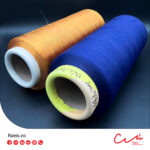
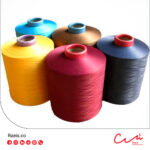
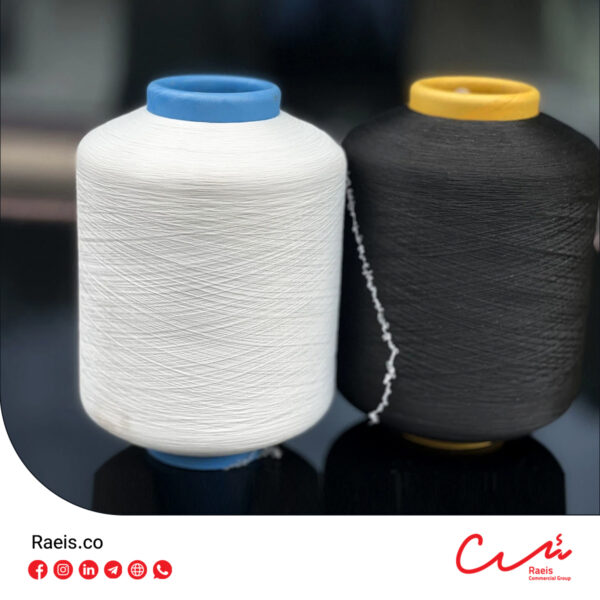
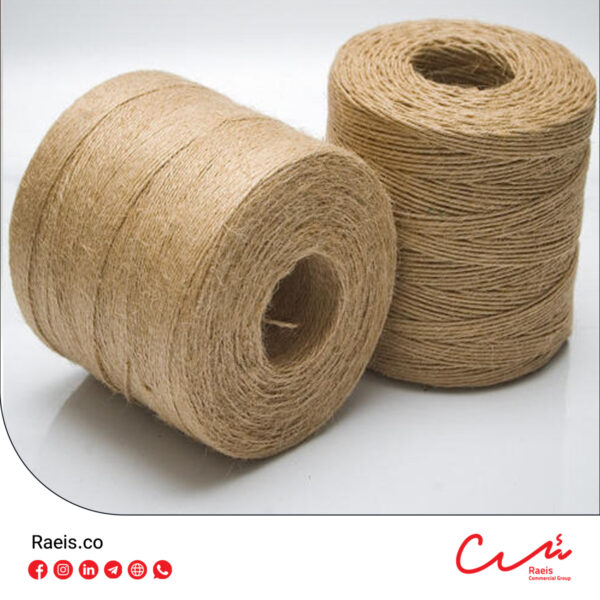
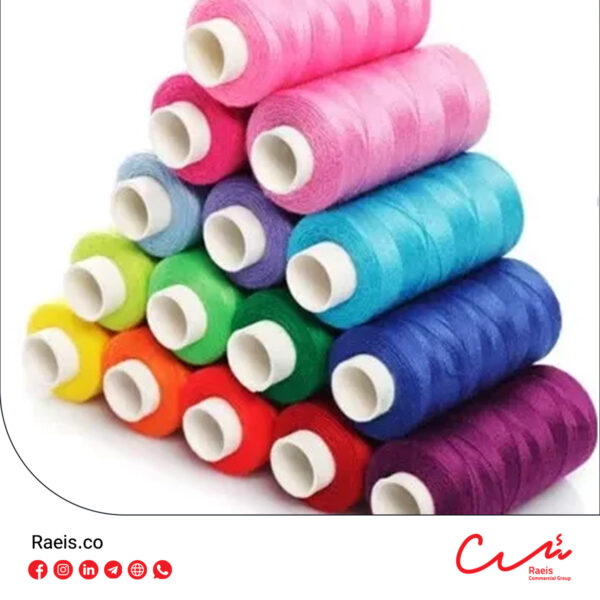
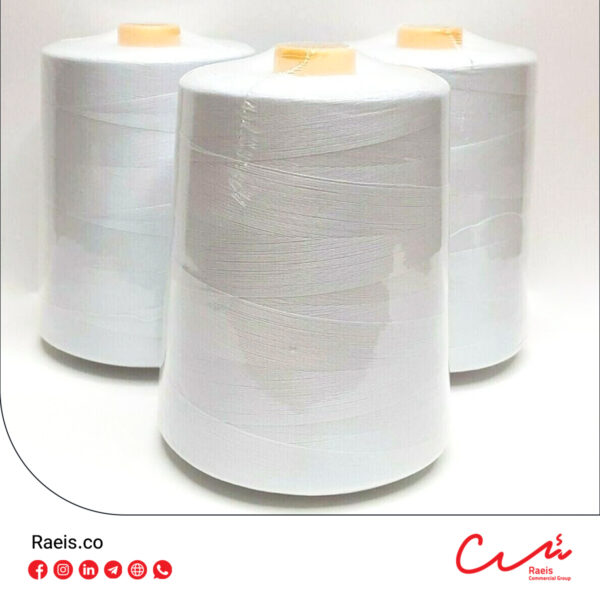
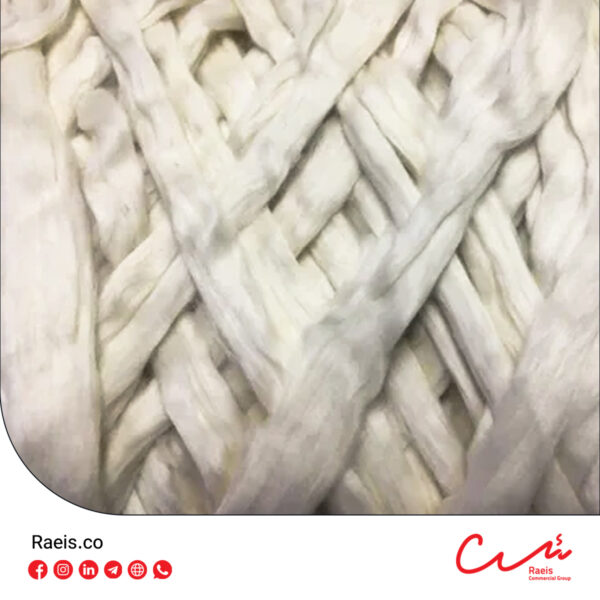
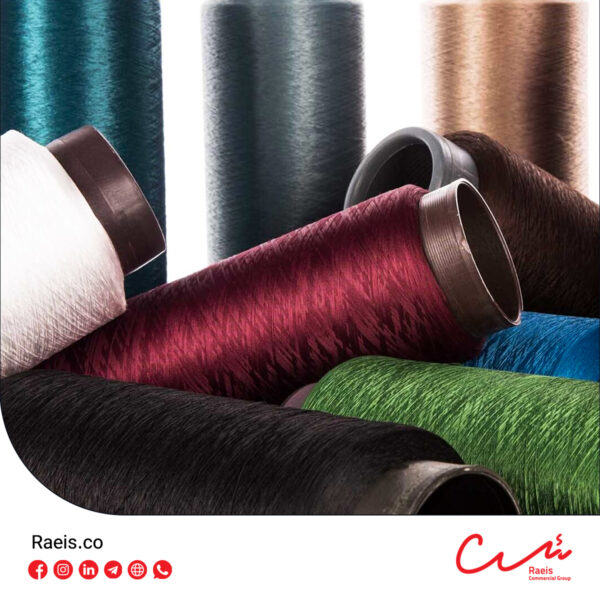
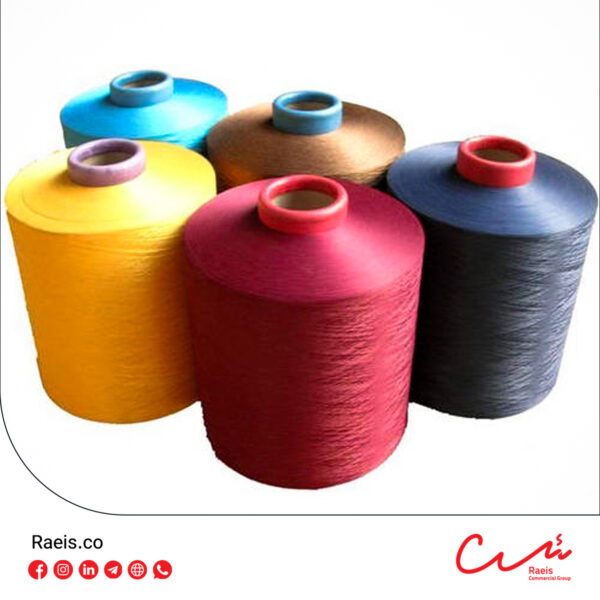
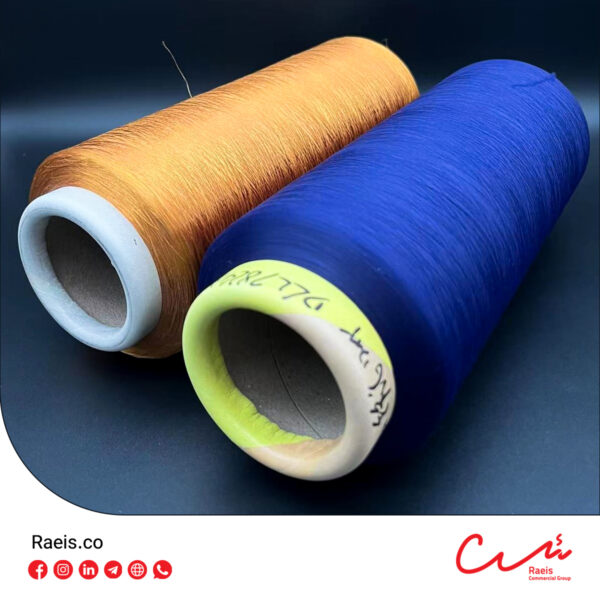
Reviews
There are no reviews yet.